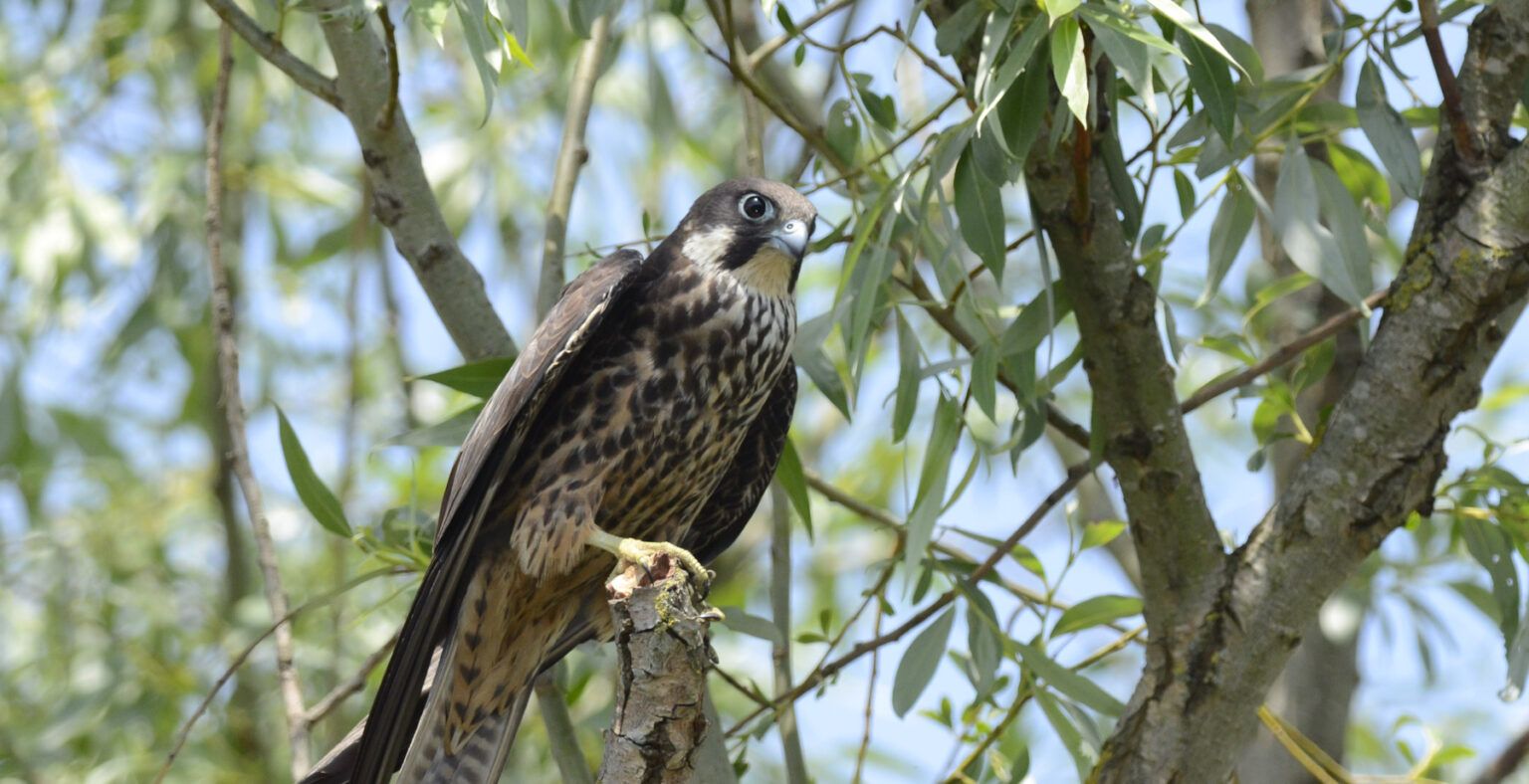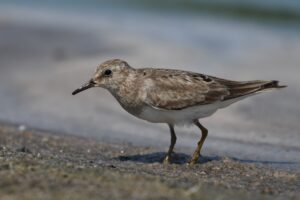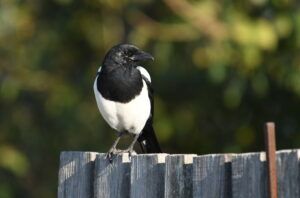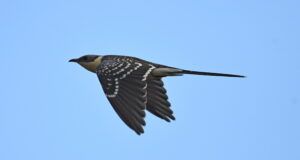Eleonora’s Falcon (Falco eleonorae) is a medium-sized falcon. It belongs to the hobby group, a rather close-knit number of similar falcons often considered a subgenus Hypotriorchis. The Sooty Falcon is sometimes considered its closest relative, but while they certainly belong to the same lineage, they do not seem to be close sister species. Eleonora’s Falcon is named after Eleonor of Arborea, national heroine of Sardinia.
This species breeds on islands in the Mediterranean particularly off Greece (where two-thirds of the world’s population breeds), but also in the Canary Islands, Ibiza and off Spain, Italy, Croatia, Morocco and Algeria. Tilos Park is the breeding area for ten percent of the world population of Eleonora Falcons. Six hundred and fifty pairs of this species breed on this island according to research conducted by the Hellenic Ornithological Society and the European Union LIFE-Nature program of Tilos. It is rare as a vagrant north of its range.
Morphology
Eleonora’s Falcon is an elegant bird of prey, 36–42 cm long with an 87–104 cm wingspan. It is shaped like a large Eurasian Hobby or a small slender Peregrine Falcon, with its long pointed wings, long tail and slim body. There are two colour morphs: The adult dark morph is all sooty brown, with black underwing coverts. The light morph is more like a juvenile Eurasian Hobby, but has buff underparts, and also shows the contrast between the black underwing coverts and paler base to the flight feathers. Young birds are also like a large juvenile Hobby, but the pale underparts contrast with darker wingtips and wing coverts. The call is a typical falcon kek-kek-kek.
Migration route
This is a long-distance migrator, wintering in Madagascar. The migration route has been recently discovered and contrary to previous suggestions it has been demonstrated by satellite telemetry to be inland through the African continent. Traditionally it has been suggested to be coastal, with birds from the western end of the Mediterranean flying to Suez before flying south down the Red Sea, and across the Horn of Africa. However, recent satellite tracked animals by Spanish and German researchers have demonstrated an inland route through the Sahara Desert, the equatorial rainforests until reaching Kenya and Mozambique. The total distance covered during the flight has reached up to 9000 km for a single one-way trip.
Feeding habits
It will take large insects, such as dragonflies, which are transferred from talons to beak and eaten in flight. It nests colonially on coastal cliffs, laying up to four eggs. This species has a delayed breeding season, in late summer, because it is a specialist hunter of migrating birds which pass through the Mediterranean islands at this time of year. It captures small birds in flight, using its speed and aerobatic skills. Birds spend much time cruising along coastal cliffs with steady wingbeats watching for tired incoming migrants.(Walter 1979). This falcon is unique in that it is one of the few species that breeds during early autumn, feeding its chicks with other migratory birds that are in abundance that period. It is also one of the few falcon species that creates breeding colonies.
In the Danube Delta is extremly rare, I have the fourth observation for Romania.
photo: Mihai BACIU







